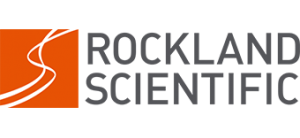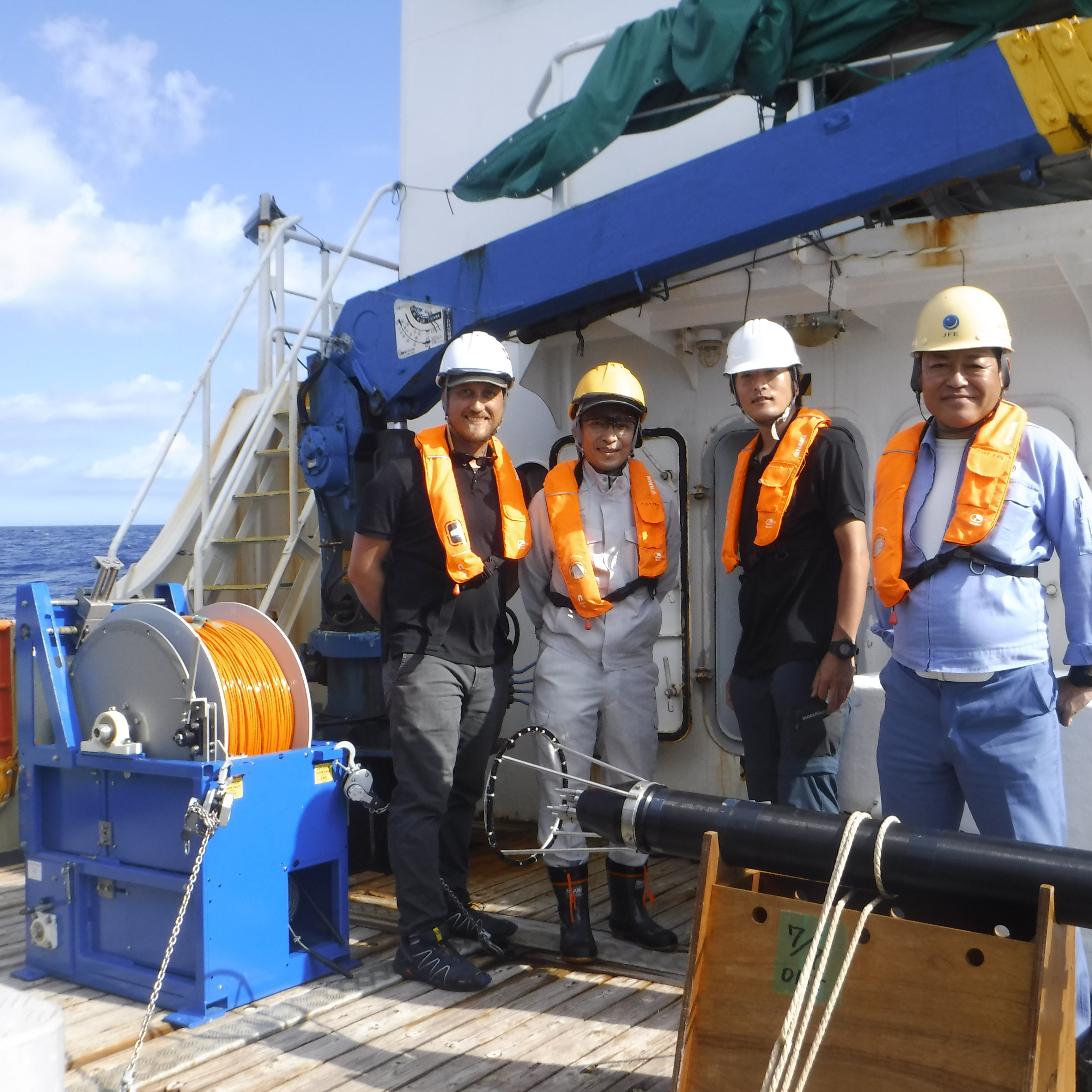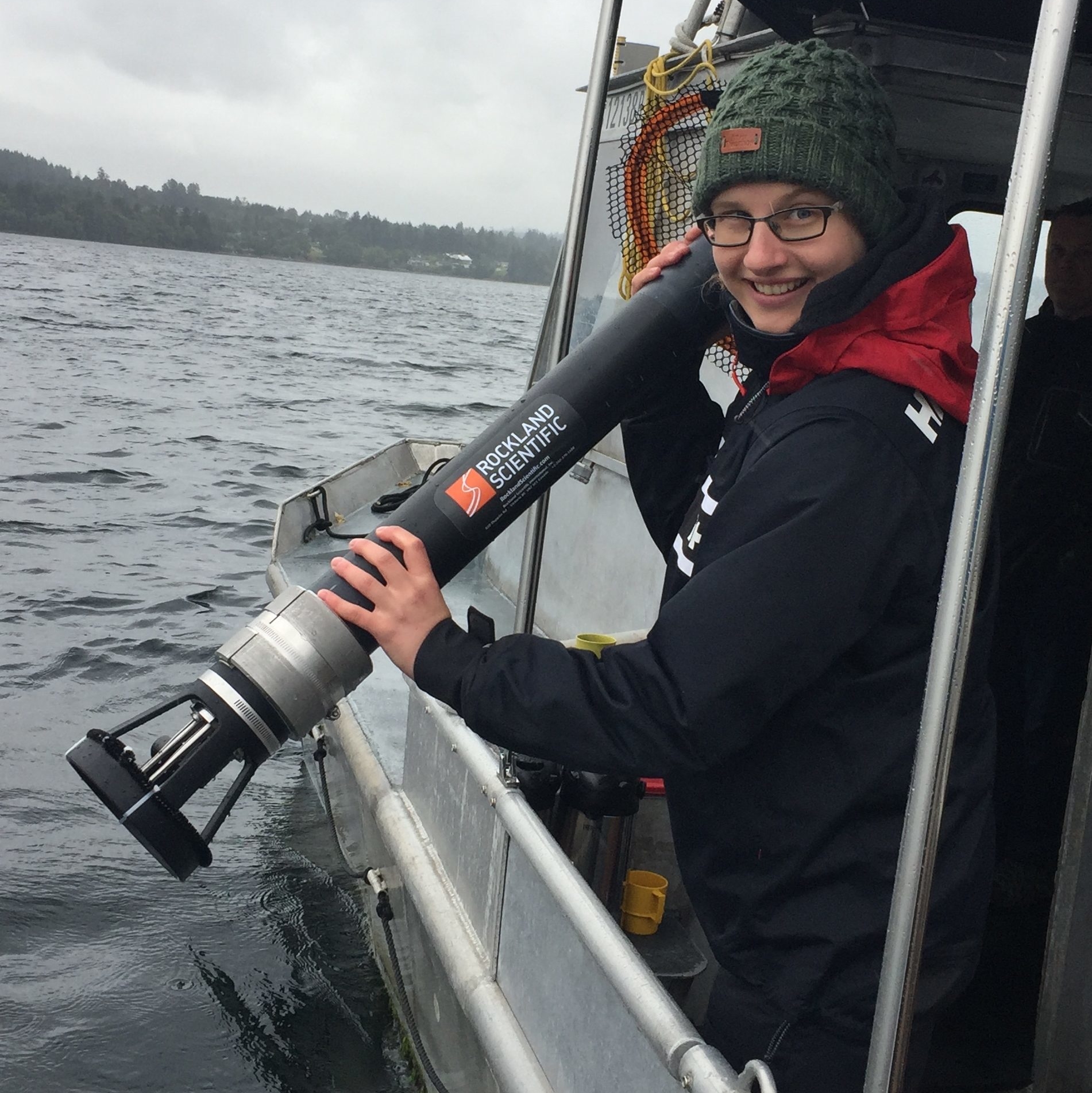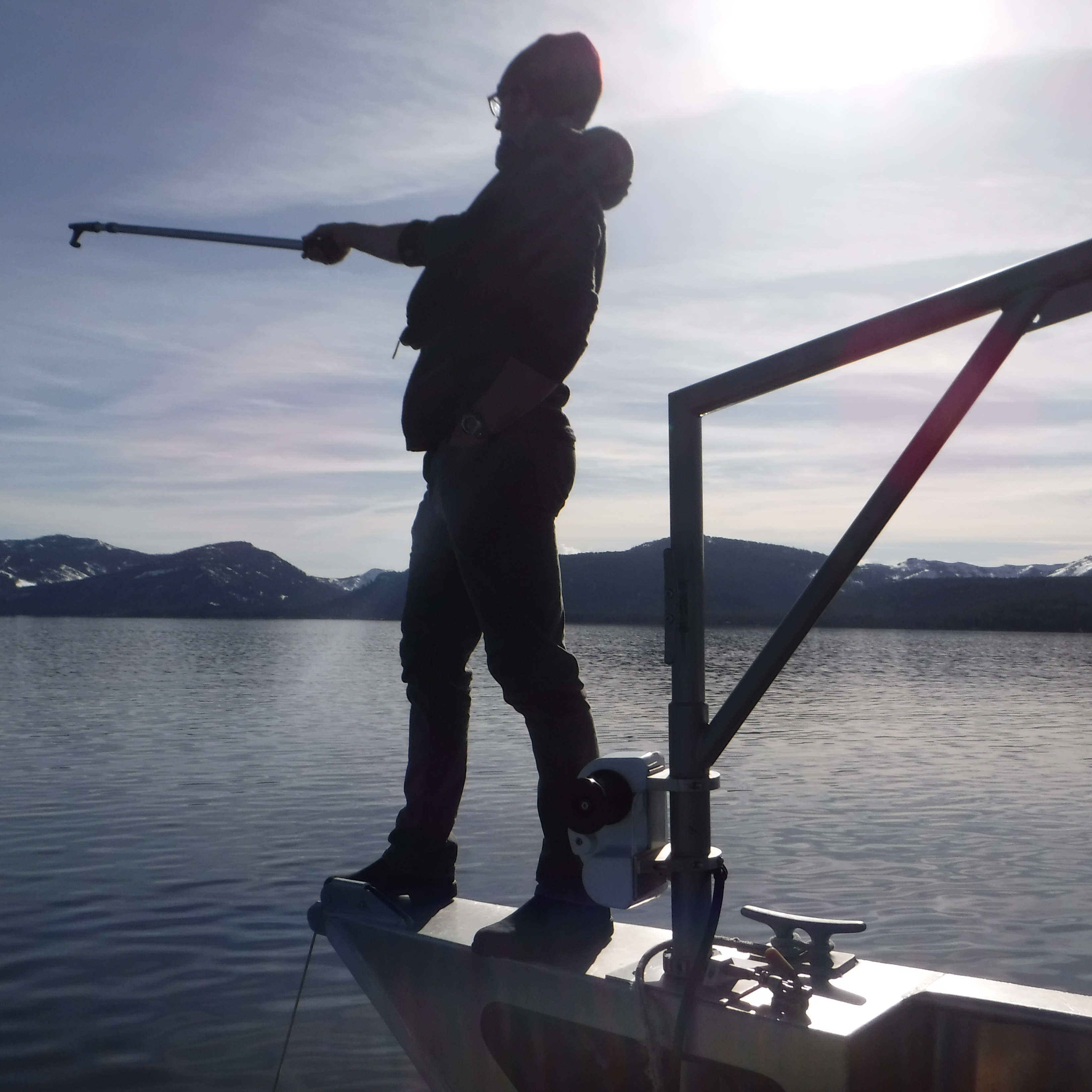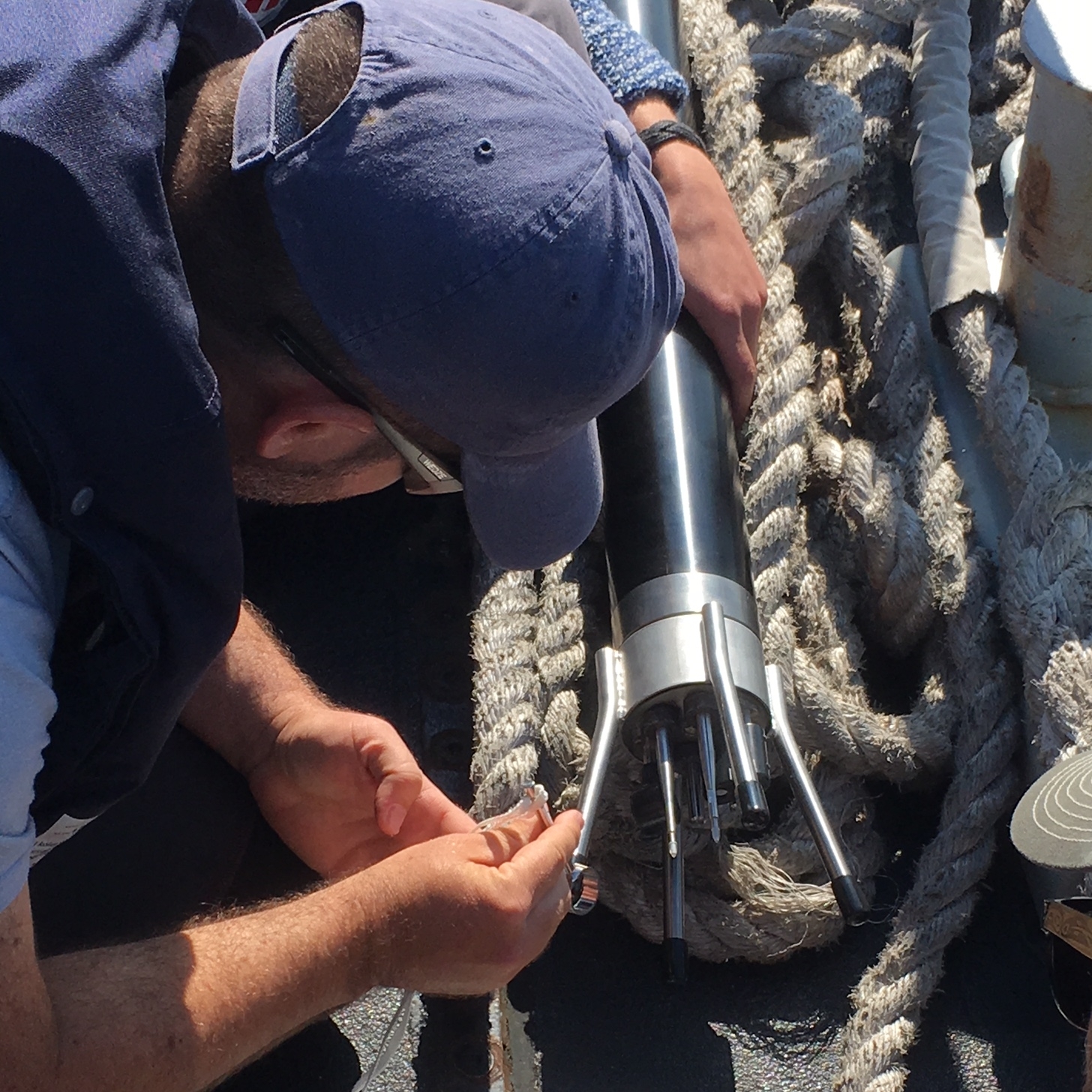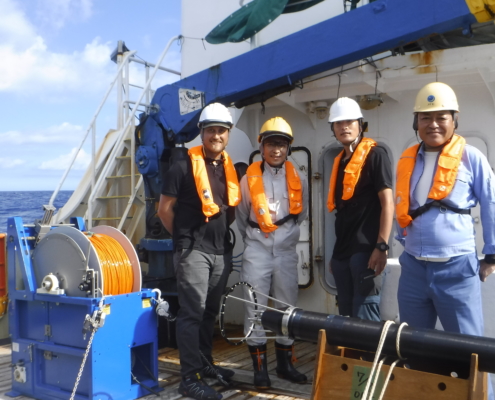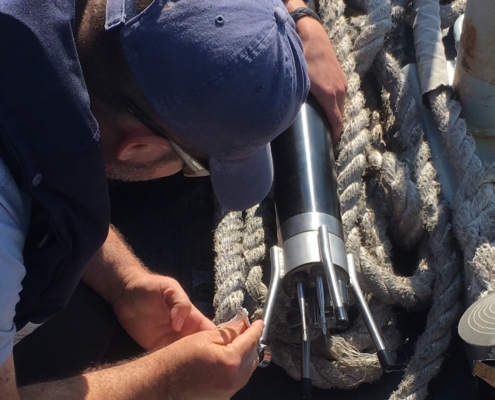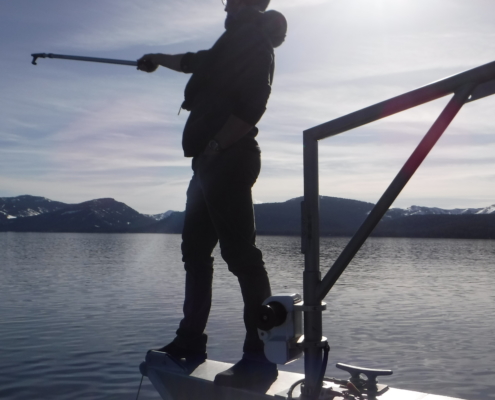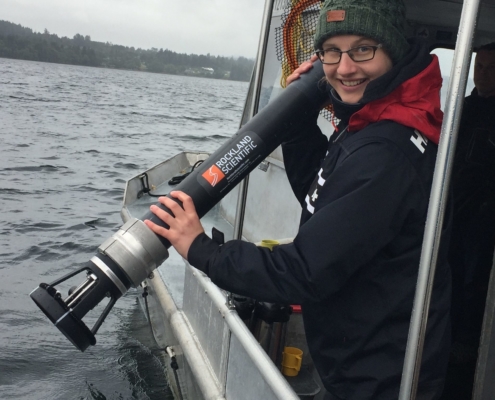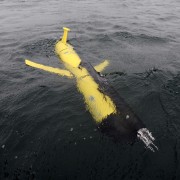Technical Instrument Training Course
The Technical Instrument Training Course is essential to ensuring safe operation of Rockland microstructure instruments and the collection of high quality data. The Technical Instrument Training Course typically takes place over 3 days or as part of a 5 day Turbulence Workshop, which also includes the Turbulence Education modules. Rockland instructors can provide individualized training focused on a specific microstructure instrument and the needs or your group. Rockland Scientific also organizes annual group training sessions for both Ocean Microstructure Gliders (OMG) and Vertical Microstructure Profilers (VMP). If you would like join a group training session or inquire about individualized training, please contact our Technical Support Team.
Over 3 days of training you will learn everything there is to know about the operation of Rockland instruments and software, including deployment, recovery, maintenance, troubleshooting and data processing. The course includes a sea-going excursion during which the Rockland equipment is deployed and recovered in field conditions.
Training Modules and Learning Goals
Ocean Turbulence Measurement Probes and Sensors
• Identify the components of a shear probe and explain the underlying theory of operation
• Describe the shear probe calibration technique
• Identify the components of an FP07 thermistor
• Compare the sensor limitation of the shear probes and thermistor
• Describe the SBE7 Micro Conductivity sensor
Introduction to the Rockland Microstructure Measurement Instrument
• Locate and identify sensors, probes, and axes of orientation
• Install and remove probes
• Correctly disassemble and assemble the microstructure measurement instrument
• Differentiate between a piston seal and a face seal
• Locate and identify the circuit boards and understand their functions
• Describe the flow of information and analog signal processing that occurs in a Rockland microstructure measurement instrument
• Confirm proper orientation of the shear probes
Data Acquisition Software (ODAS5-IR or ODAS4-RT)
• Establish a serial console connection between a PC and the instrument or a real-time connection
• Describe the file structure of the data logger
• Run the ‘calibrate all’ function and interpret the results
• Setup RSILink for data file transfer
• Transfer files to and from the instrument using a USB connection
• Interpret and edit a configuration file (setup.cfg)
• Differentiate between the [root], [matrix], [instrument_info], and [channel] sections of the configuration file
• Identify which calibration parameters are board-specific and which ones are sensor-specific
• Describe the data file format
• Interpret the log file
Pre-deployment Checks
• Perform a bench test with test probes; process and interpret the data
• Identify every sealing surface on the instrument and confirm its integrity
Microstructure Instrument Deployment (On water training)
• Perform pre-deployment checks at sea
• Deploy and recover the instrument
• Identify data file created and interpret log file
• Identify data contamination from mechanical sources
Microstructure Instrument Maintenance
• Disassemble the instrument into its components
• Determine if an o-ring needs to be replaced
• Recognize corrosion and moisture damage
• Perform recomended post-cruise and annual maintenance
• Reassemble the instrument and all of its components
Data Conversion and Processing
• Introduction to the ODAS MatLab Library
• Extract, edit, and patch a configuration file string into an existing data file
• Convert .p data file into physical units and save as .mat file
• Extract “profiles” from a data file
• Understanding quick_look and ql_info
• Assess kinematic quality of profiles and deployment technique
• Identify mechanical contamination of data files
Advanced Techniques in Data Processing
• Integrate auxiliary data into a Rockland data file, using a hotel file
• Perform in situ calibrations of temperature probes
• Optimize despiking routine to remove erroneous data
Signal Conditioning
• Distinguish between a channel with and without pre-emphasis
• Describe the concept of pre-emphasis
• Discuss the Goodman coherent noise removal technique
Announcement of Ocean Microstructure Glider (OMG) 2016 Training Program
VICTORIA, CANADA, April 18, 2016 – Rockland Scientific Inc. (Rockland), Teledyne Webb Research (TWR) and their Spanish partner, INNOVA oceanografía litoral, are pleased to announce the inaugural Ocean Microstructure Glider Training Program (OMG 2016), scheduled for May 10 – 13th, 2016 at the “Marine Technological Service” (SITMA) within the University of Las Palmas […]
https://rocklandscientific.com/wp-content/uploads/2016/02/Jeremy.jpg
1535
1785
Jeremy Hancyk
https://rocklandscientific.com/wp-content/uploads/2015/08/RSI-logo-horiz-300x138.png
Jeremy Hancyk2016-04-20 12:16:552019-01-30 11:09:11Announcement of Ocean Microstructure Glider (OMG) 2016 Training Program
